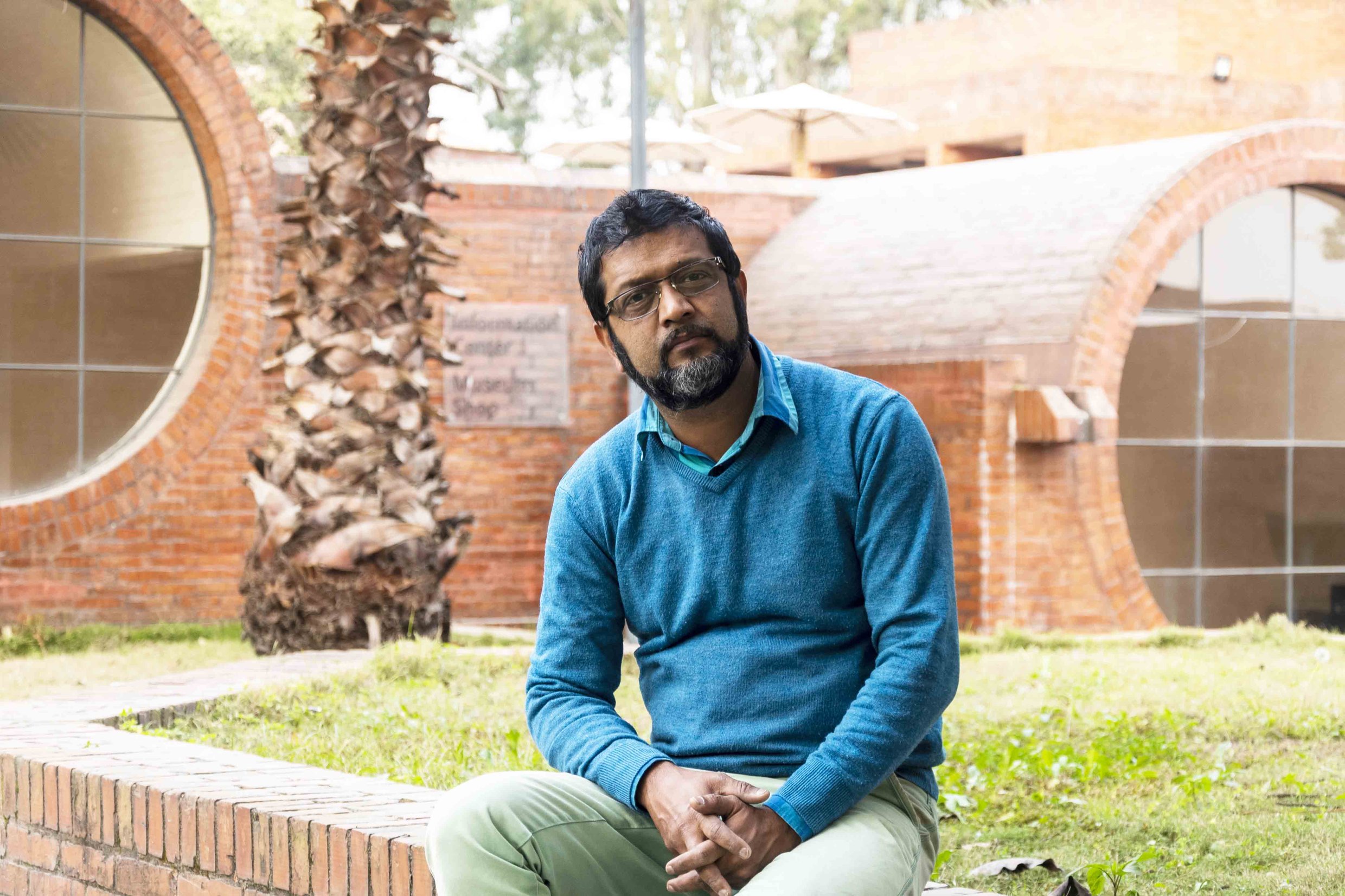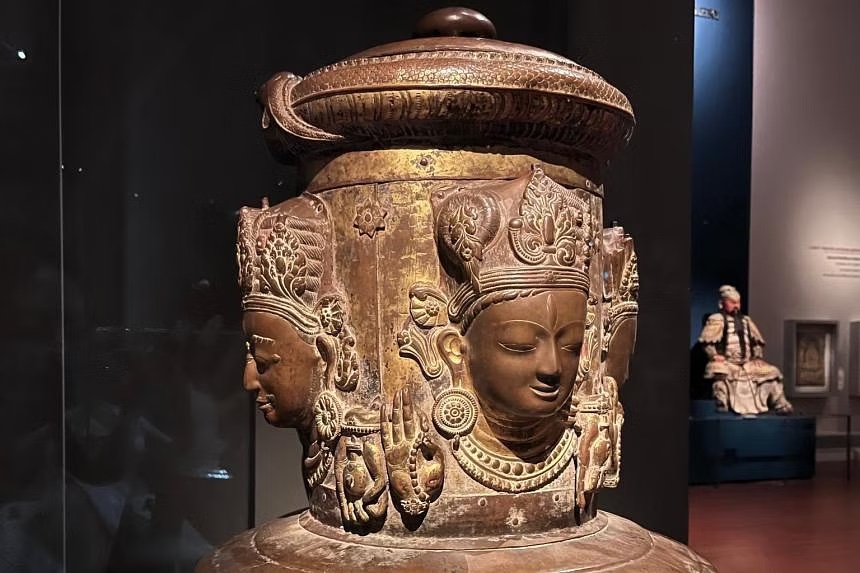In a significant victory for cultural heritage preservation, Nepal celebrated the repatriation of four antiquities valued at more than $1 million in early December. Among the returned treasures were a large pair of gilt-bronze Bhairava masks, stolen in the mid-1990s, which had made their way to the collections of prestigious institutions like the Rubin Museum of Art in New York and the Dallas Museum of Art.

While Nepal’s New York Consul was honored during the hand-over ceremony at the Manhattan District Attorney’s Office, the true heroes behind the recovery were the anonymous whistleblowers who first identified the masks’ former owner. Speaking to ARTnews, the founder of Lost Arts of Nepal, a Facebook page dedicated to raising awareness of stolen artifacts, emphasized the significance of these repatriations, stating, “It’s not just an art object that is lost, they have stolen our faith.”
Activists Revitalise Nepal’s Repatriation Efforts
Over the past decade, a group of determined Nepalese activists has spearheaded efforts to reclaim thousands of artefacts looted from the country, particularly during the tumultuous decades of the 1950s through the 1980s. Recognising the importance of restoring Nepal’s cultural heritage, these activists have not only focused on recovering stolen treasures but also on reviving the living culture of the country, renowned for its sacred temples and palaces.
The genesis of the current repatriation movement can be traced back to 2015 when Lost Arts of Nepal emerged in response to the devastating earthquake that ravaged the nation. Inspired by the destruction of heritage sites, the organization aimed to document and raise awareness about Nepal’s lost heritage, housed in foreign museums, private collections, and auction houses. Utilizing online platforms, Lost Arts of Nepal has grown its following to 23,000 individuals, employing digital research to detect Nepalese artifacts scattered across the globe.
Collaborative Initiatives Drive Success
Lost Arts of Nepal is not alone in its mission. In 2019, Roshan Mishra, director of the Taragaon Museum in Kathmandu, established the Global Nepali Museum, an online archive showcasing Nepalese artefacts held abroad. Mishra’s encounter with a wooden goddess in Australia served as the impetus for creating the organisation. Additionally, Mishra co-founded the National Heritage Recovery Campaign (NHRC) with three other activists, registering it as a nonprofit in 2021.

Working in tandem, NHRC and Lost Arts have identified over 120 stolen artifacts, successfully repatriating 30 items and currently pursuing 50 open cases. The collaboration follows a structured process, with NHRC identifying stolen objects and forwarding them to Lost Arts for verification. Once confirmed, the claims are submitted to Nepal’s Department of Archaeology and subsequently to the Foreign Ministry for diplomatic action.
Challenges and Triumphs
Despite their successes, Nepalese activists face challenges, including institutional resistance and funding constraints. While some museums, like the Metropolitan Museum of Art, have cooperated, others, such as the Art Institute of Chicago (AIC), have delayed restitution efforts. Notably, AIC has yet to return a gilt-copper necklace dedicated to the Hindu goddess Taleju Bhawani, despite evidence of its looted origin.
Funding remains a critical hurdle, with the Nepalese government’s failure to allocate resources hindering repatriation efforts. However, the dedication of activists like Mishra has resulted in significant victories, including the return of an 800-year-old stone idol from the Dallas Museum of Art.
Impact and Future Outlook
The efforts of Nepalese activists have sparked global awareness, prompting museums to exercise caution in acquiring Nepalese artefacts. The failed auction of a rare buddha figure at Christie’s, previously part of the Alsdorf collection, underscores the shifting tide in the art market, favouring transparency and ethical acquisitions.
Despite ongoing challenges, Mishra remains optimistic, citing the pivotal role of organisations like NHRC and Lost Arts in driving repatriation initiatives. As Nepal continues to reclaim its cultural heritage, these activists remain steadfast in their pursuit of justice and restitution for their nation’s treasures.
Feature Image: The Cover Of A Linga from Nepal, dated 1636, in the Asian Civilisations Museum’s Ancient Religions gallery on Aug 16, 2022. Courtesy: ST PHOTO/OLIVIA HO
Criticism Mounts as Queen Elizabeth II Memorial Is Delayed in Favor of Transgender Sex Worker Art





